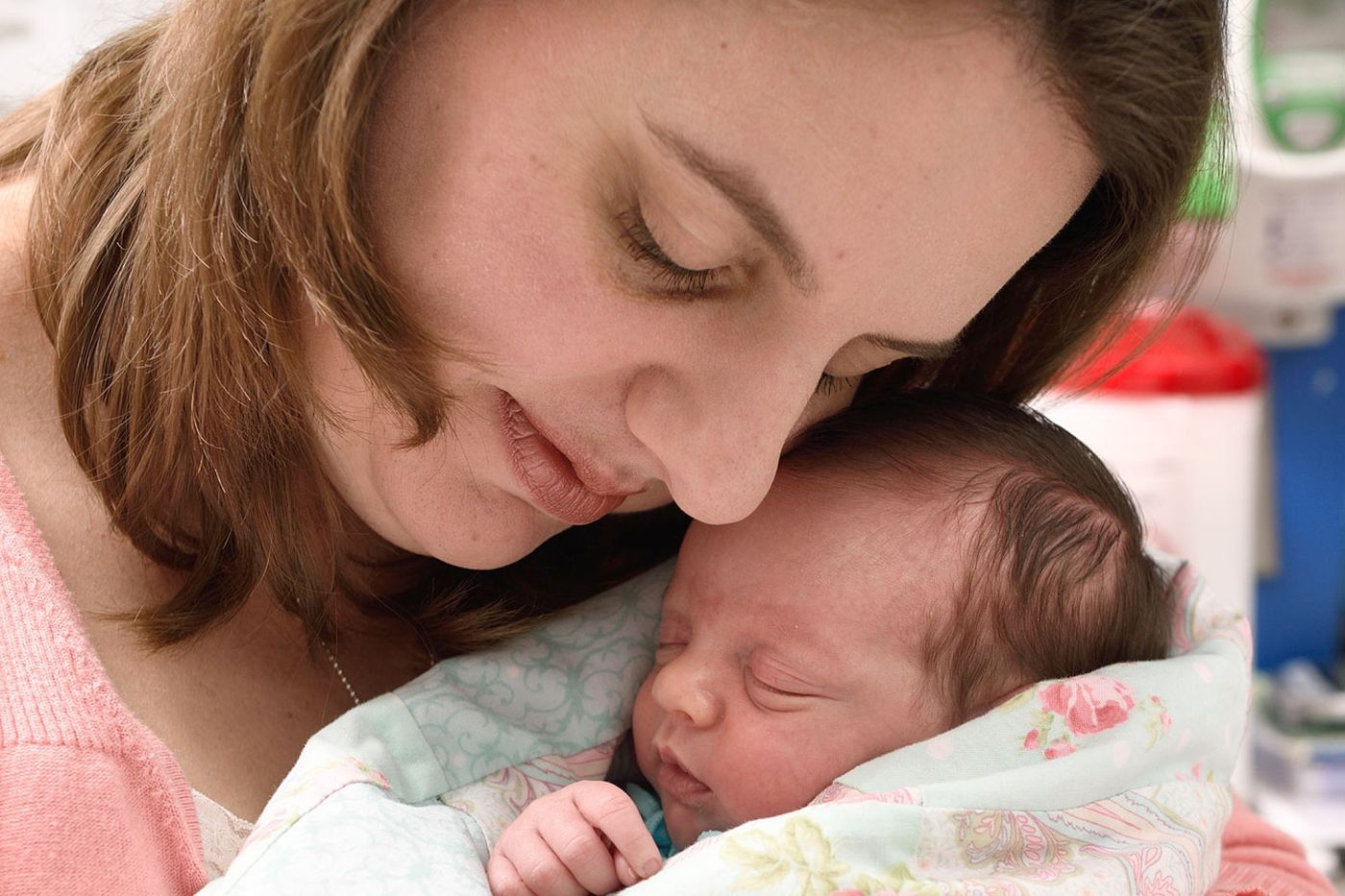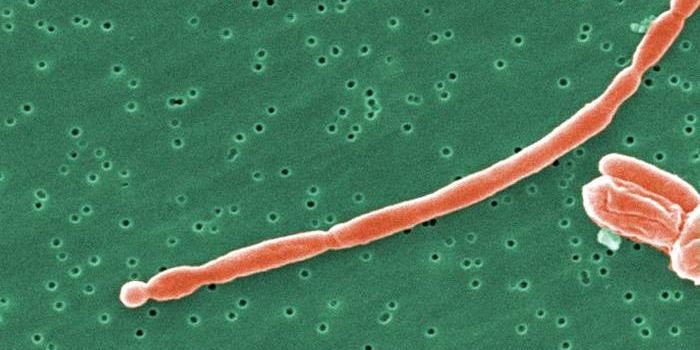In one out of around 35,000 births, a tumor is found growing from the baby’s tailbone, a sacrococcygeal teratoma. In some instances, the tumor can be removed at birth; in other cases, the tumor causes severe problems in utero, endangering the pregnancy.
For Margaret Boemer of Texas, finding out that her baby was the one in 35,000 odds was devastating. The news came as she was still grieving the loss of one of her twins in the first trimester.
Although tailbone tumors are the most common tumors seen in newborns, Boemer’s doctors explained that it’s still a pretty rare occurrence. And in the case of Boemer’ baby, the tumor was in competition with the baby’s blood supply. "Some of these tumors can be very well-tolerated, so the fetus has it and can get born with it and we can take it out after the baby's born," said Darrell Cass, doctor of pediatrics and obstetrics and gynecology at Baylor College Medicine . "But about half of the time, they cause problems for the fetus and it's usually causing problems because of a blood flow problem."
Doctors originally offered grim prospects for Boemer’s baby, LynLee. "LynLee didn't have much of a chance," Boemer said. "At 23 weeks, the tumor was shutting her heart down and causing her to go into cardiac failure.”
Despite the extraordinarily unlucky circumstances, doctors also presented Boemer with a choice to do fetal surgery on the baby. This option, in essence, would involve removing the baby from the womb to operate on the tumor. Once the tumor removal is complete, doctors would then return the baby back to the womb to allow the pregnancy to continue to full term.
Although her doctors were clear about the risks of fetal surgery, Boemer elected this option wholeheartedly. “It was a choice of allowing the tumor to take over her body or giving her a chance at life. It was an easy decision for us: We wanted to give her life,” she said.

The operation happened when Boemer was around 23 weeks pregnant. Her doctors outlined the strategy to minimize as much risks as possible. "The part on the fetus we do very, very quickly," said Cass. "It's only 20 minutes or so on the actual fetus." Most of the time is spent opening the uterus, which he described as "a big muscle lined with membranes."
Even with careful planning, the team hit some unexpected difficulties. The tumor turned out to be too big, which necessitated a much bigger incision than originally planned. Due to the size of the incision, doctors described the baby as “hanging out in the air... Essentially, the fetus is outside, like completely out, all the amniotic fluid falls out, it's actually fairly dramatic," said Cass. The baby experienced severely low heart rate during the surgery, which Cass’ team was able to bring back to normal.
After the tumor removal was completed, doctors returned the baby back to the womb, replaced the amniotic fluid, and sutured the mother’s uterus shut again.
Boemer recovered well and was on bed rest for the next 12 weeks, when she delivered baby Lynlee at 36 weeks via Cesarean section. In what may have been the best news of the entire pregnancy, doctors determined that baby Lynlee was healthy and thriving, despite having one additional surgery to remove the leftover tumors that surgeons could not remove completely before.
"It's kind of a miracle you're able to open the uterus like that and seal it all back and the whole thing works," reflected Cass.
Additional sources:
BBC,
CNN


















































